Rust, 22, had one goal and one assist in 14 games with the Penguins. He returns to the AHL where he has amassed 10 goals and four assists in 25 games this season.

Rust, 22, had one goal and one assist in 14 games with the Penguins. He returns to the AHL where he has amassed 10 goals and four assists in 25 games this season.

Shore, who was acquired by the Flames in a trade on January 9th, was drafted by the Florida Panthers in the second round (44th overall) in the 2009 NHL Draft.He didn’t get a chance to debut for Adirondack, but he was second on San Antonio (AHL) in scoring with 30 points (9G / 21A) in 35 games.
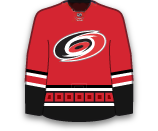
Nestrasil, 23, did not record a point in three games with Charlotte. He returns to the Hurricanes where he has recorded one goal and two assists in eight games.
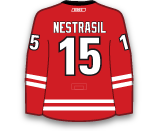
Samuelsson, 23, was acquired from the Penguins in the Rob Klinkhammer trade in early December. The 2009 second-round pick has registered one goal and two assist in 16 games with Portland and has a total of seven points (1G / 6A) in 38 AHL games this season. He could make his Coyotes debut tonight vs. San Jose.
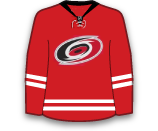
Sabres’ forward Chris Stewart has been battling the flu and likely won’t play tonight so Ellis has been recalled and should be in the lineup for the Sabres. The reason to recall Ellis instead of another forward is that Dominik Hasek’s jersey will be retired tonight and Ellis is the only current Sabre to have played with Hasek.
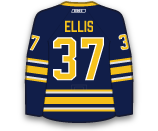
With Dmitri Orlov not quite ready and the long-term injury to Nate Schmidt, the Capitals recall Oleksy to serve as their seventh defenseman.

Kris Letang missed Monday’s practice, so if he is unable to go, then Chorney would play, but he is likely just being recalled as an insurance defenseman. He has two goals and seven assists in 34 games with WBS this season.
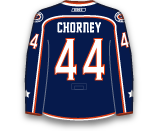
The Lightning lost their leading scorer Tyler Johnson to a lower-body injury last night, so Namestnikov is being recalled to play for Johnson if he is unable to go. The 22-year-old forward had seven points (3G / 4A) in 24 games with the Lightning before being sent down. Since being sent down he has registered 17 points (7G / 10A) in 16 games with Syracuse.

Hamilton did not record a point in his only game during his recall. He leads Worcester in points (21) and ranks tied for fifth on the team in goals (6). He has played in 12 career NHL games, all with the Sharks, registering 13 shots.
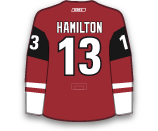
Shore, 22, was the Kings third round pick (82nd overall) in the 2011 draft. He is tied for the AHL lead in goals with 20 and is second in points with 41. With Tanner Pearson out with a broken bone in his leg, Shore could with the Kings for awhile.
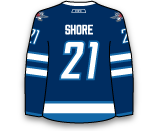
Dalpe, 25, has seven goals and six assists (13 points) in 31 games with Rochester. He has not been recalled this season—he had seven points (4G / 3A) in 55 games with Vancouver last season.

Varone was sent down on Saturday morning, likely because of cap reasons because the Sabres were off until Tuesday, but he is back and expected to be in the lineup on Tuesday.
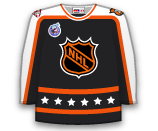
Copley served as Braden Holtby’s backup over the weekend while Justin Peters was on a conditioning stint with Hershey.
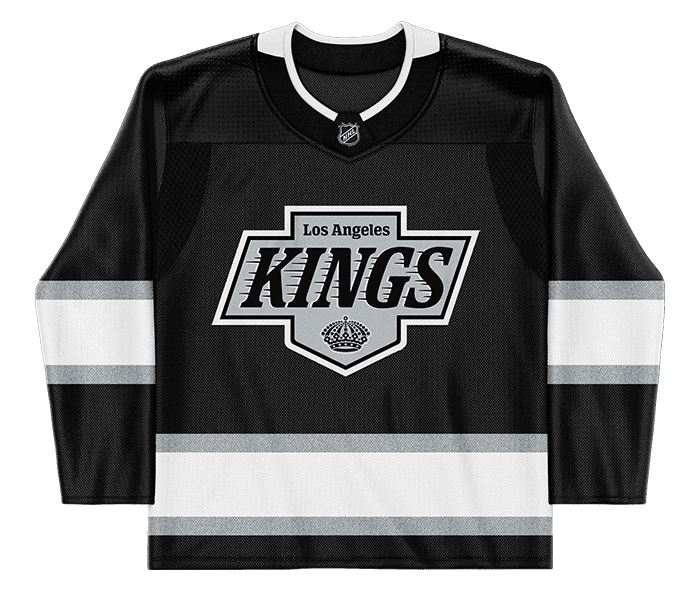
Peters hadn’t started an NHL game since November 29th, so the Capitals sent hime down to the AHL to get a few games in over the weekend. He went 1-1-0 with a 1.51 GAA, .948 SV% and one shutout.

The Maple Leafs must have liked what they saw from Nylander at the World Juniors in Toronto and are recalling him to get him playing on the smaller ice surface. The 18-year-old forward registered 20 points (8G / 12A) in 21 games with MODO.
Berra will switch spots with Calvin Pickard for the next two weeks. The conditioning stint means that Berra does not have to go through waivers, but is only allowed to stay with Lake Erie for a maximum of two weeks.
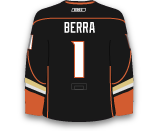
Pickard has the second highest SV% (.934) in the NHL. He has switched organizational positions with Reto Berra, who is heading to the AHL on a ‘conditioning stint.’ Pickard will start Tuesday in Carolina.

McCollum, 25, has gone 10-8-3 with a 2.33 GAA and .911 SV% in 21 games with Grand Rapids this season. He will backup Petr Mrazek while Jimmy Howard is out.
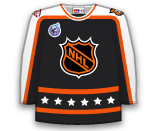
With Steve Mason out, Zepp has been recalled to join Ray Emery as the Flyers goalie tandem for the next week. Zepp stopped 25 of 28 shots in a win over the Jets in his only NHL start.

Olesky was recalled prior to Saturday’s game, but served as a healthy scratch. His stay with the Capitals was short-lived.
